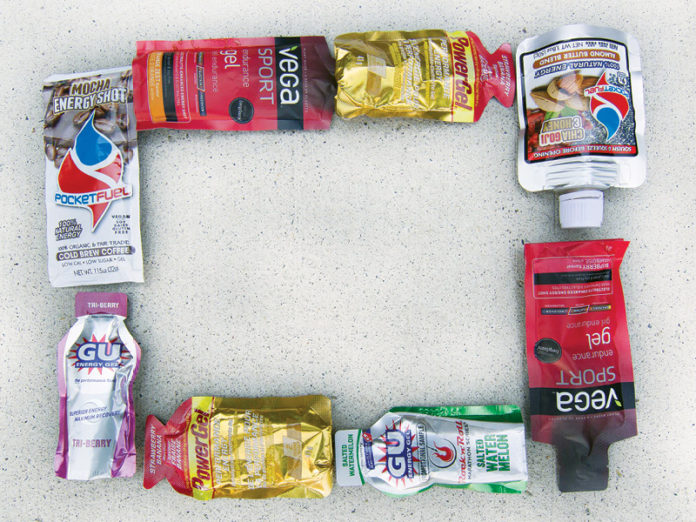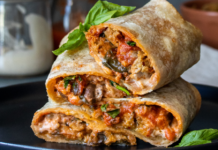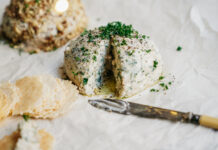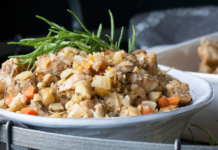
When I did my first half-iron distance race in 1989, race-day nutrition was bananas, Fig Newton cookies and electrolyte drinks. The night before the event, I ate as much pasta as I could stomach and hoped that fuel would sustain me to the finish line. Unfortunately, even the best athletes bonked back then.
But now, running out of energy is avoidable thanks to mainstream sport nutrition companies and the energy gel. Your muscles can only store a limited supply of glycogen, which is food for your working body and brain. Consequently, an athlete needs to keep carbohydrates coming into the body to sustain exercise.
While chicken, rice and vegetables are a great fuel at rest, gels are the easiest nutrition source when training and racing. Similar to pudding, their texture makes them easy to eat and their careful blend of ingredients makes them easy to digest. They are power-packed pouches of energy combining precious carbohydrates to replenish your glycogen stores quickly and sodium and potassium to replace electrolytes lost in sweat. Gels are best taken with water for proper absorption and to avoid gastric upset. But a desperate, depleted body will respond favourably even without water.
Suppose you were racing in a sprint triathlon — a 750M swim, 20K bike and 5K run. It would be beneficial to take a gel with some water toward the end of the bike to fuel the run portion since, depending on your speed and fitness level, you may have burned through 800-1,000 calories already.
Fuelling is even more important in a 140.6 mile Ironman or Ironman 70.3 event.
I suggest taking a gel one hour into an event and every 30 minutes thereafter to maintain energy levels. For a marathon, I recommend starting gel consumption at about 45 minutes, then every 30 minutes thereafter. As the body gets more depleted in the latter stages of the event, you may need to increase gel consumption to every 20 minutes.
While the quick energy and digestibility of gels is crucial on the run and in the latter stages of a race when energy stores are depleted, you can also eat a slower release product such as an energy bar on the bike during longer events. Bars pack a more sustained punch and are better at satisfying hunger pangs.
Moreover, gels are necessary on the run because of their near liquid form and instantaneous energy fix. Make sure you start the run hungry for gels rather than hungry for a hamburger by controlling your gel intake on the bike.
Of course, always race with your own nutritional products, the ones you use in training. In 33 Ironman events, I only accepted water on the course, never trusting a new bar, gel or electrolyte. We have too much invested to leave the biggest variable in a race — nutrition — up to chance.
Over a long-course triathlon, I routinely eat about five energy bars and three gels on a bike ride that takes about five hours. For the marathon, I would consume another six to nine gels — roughly every 20-30 minutes depending on energy expenditure. If the course is harder, or the weather is harsh, you will need more fuel.
At rest, I would never take a gel, but when I am running and I am tired and suffering, nothing tastes better. Taking a gel can be the difference between finishing a race running and finishing it walking.
Here’s to running through every finish line — with an empty gel packet in your hand.













